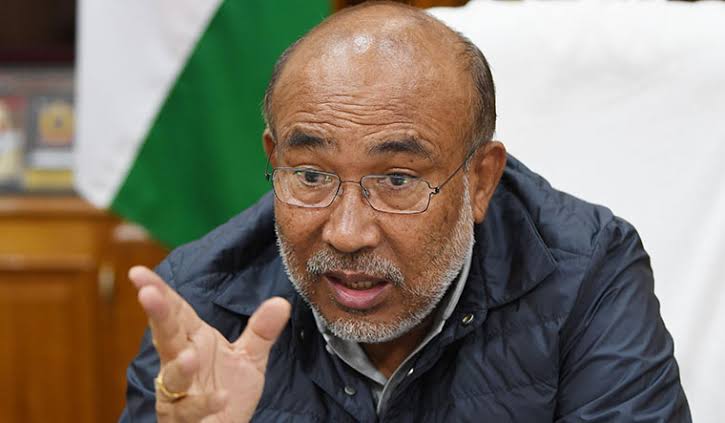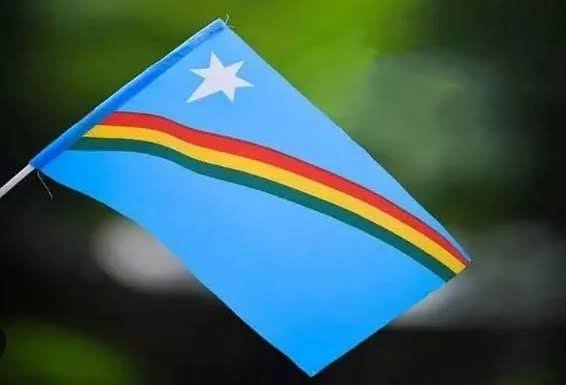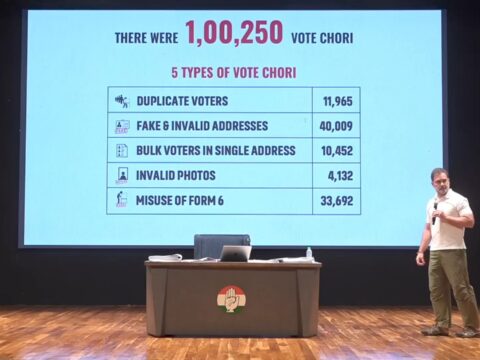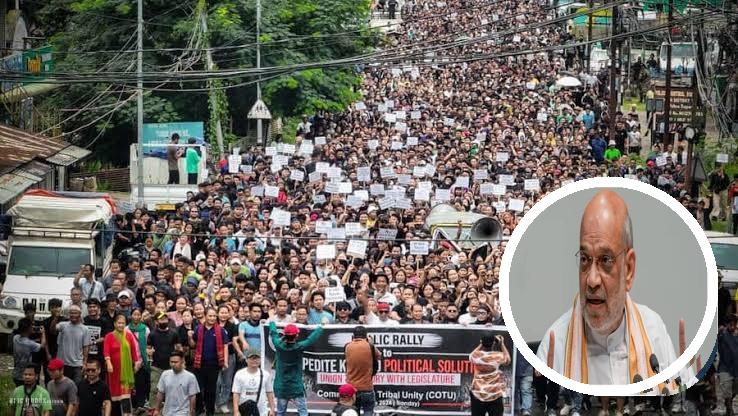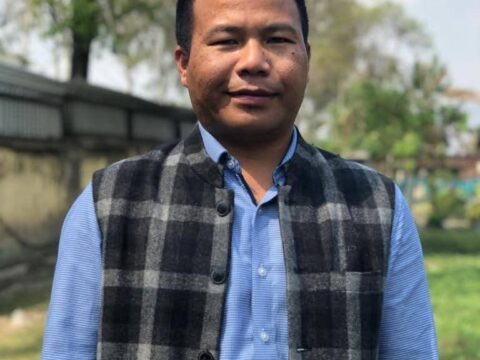shimray2011@gmail.com
The Naga dream started in 1918 with the formation of the Naga Club by enlightened Naga Labour Corps returning from Europe driven by realisation of the need for a Naga entity. The struggle of the Naga freedom movement went through the process of talks, negotiations and throes of bloody phases resulting in the signing of many agreements significantly, the 16-Point Agreement. This agreement gave the Nagas, for the first time, a formal physical political entity called Nagaland State encompassing the Naga Hills and Tuensang area in Assam. This was supposed to be the first step followed by hope of integration of contiguous Naga areas as Nagas inhabitation starting from the sub-Himalayan mountains in the north down to the Patkai mountain ranges in the south.
In the process of creation of the State of Nagaland, the 16-Point Agreement gave hope to Naga tribes living in Assam including North East Frontier Agency (NEFA) and Manipur for integration at the appropriate time in future as provided under Article 3 of the Indian Constitution. The hope of integration dangled to Nagas living in areas contagious to the new State fuelled the aspirations of many Nagas driven by the desire for unification.
Hope for unification of all Naga-inhabited areas was the dream incorporated in the 16-Point Agreement as circumstances prevailing at that juncture confined the creation of the State of Nagaland to Naga-inhabited areas only within Assam State. The freedom movement continued for several decades with varying degrees of resonance among different Naga tribes, especially Naga areas of Manipur and Arunachal Pradesh, living around the periphery of Nagaland. The political efforts to end hostilities towards peace yielded result in 1997 with the signing of a ceasefire agreement and 18 years later the signing of the Framework Agreement in 2015. However, the vagueness of the Framework Agreement has resulted in conflicting interpretations and the euphoria felt at that time of signing agreement has started to evaporate. Optimistic speculation of a political settlement for the Nagas is fading and pessimistic thoughts have started to creep in with the possibility of the peace talks breaking down looming large.
Making matters worse is the fact that the deliberations of the Nagas peace talks is kept secret and the contours of various understandings arrived at in the last 27 years of innumerable talks is a mystery. The endless talks have become farcical as middle rung bureaucrats of government of India (GoI) are deputed to attend the meetings, while the Naga counterparts are mostly represented by their top brass. Fully aware that the peace accord can only result as a political settlement, it is stupefying why endless number of peace talks is taking place with middle rung bureaucrats without any political leader from the Union Cabinet. Talking to middle rung bureaucrats is expected to only yield results within the contours of the Constitution of India, while a political settlement outside the ambit of the Constitution of India would be possible with the involvement of the Prime Minister or his nominee of Union Cabinet Minister rank.
The veteran Naga politician, Mr. SC Jamir has stated that from his understanding of the Framework Agreement, the Naga negotiating party has given up their demand for sovereignty and integration of Naga inhabited areas. He also stated that demand for Flag and Constitution is not within in the Indian Constitution. J&K no longer enjoy this preferential treatment anymore. The struggle for Naga unification comprising of all Naga areas has been going on for almost a century, but hopes of achieving that idea of the pioneering fathers of Naga embedded in the 16-Point Agreement for unification of all Naga areas still remains a dream. The likelihood of realising that dream seems to recede with the passage of time. Numerous undercurrents exist now with competing and conflicting goals making it very difficult to negotiate the complexity of the Naga dream. Under this scenario, Naga people have started to wonder about what Mr SC Jamir is saying based on his understanding of the Naga peace efforts which may start resonating with the Naga people and complicate the pursuit of peaceful settlement.
The Indian nation has witnessed the peaceful resolution of the Mizos struggle which started in 1966 and ended with the creation of a State in 1986. The entire Mizo struggle and peace finalisation of political settlement took just 20 years to crystallise. The Mizo struggle did not involve the type of extortions, corruption, maintenance of a huge standing force, vast territory and interference in politics unlike the Naga struggle creating numerous undercurrents and vested interests complicating the quest for peace. Even after 27 years of ceasefire and talks it is not clear to anyone what has been discussed and what is on the table. It seems that the peace talk is at the crossroads and could result in revitalised negotiations with positive conclusion or a complete breakdown.
There appears to be various options: (1) If resolution of the Naga peace talks is to be made within the framework of the Constitution of India, a demand could be made for integration of all Naga areas contiguous to Nagaland State as provided under Article 3 of the Constitution and stated in Point 13 of the 16-Point Agreement.
(2) If integration has been given up as stated by Mr. SC Jamir, a settlement for a full fledged State for the Naga areas which are not part of Nagaland State could be considered. However, the demand for a new State of Nagas outside Nagaland is fraught with risk and may proof to be the nemesis of the freedom fighters as they will be seen as traitors. Retribution is feared by the Naga freedom fighters from Manipur and this risk may be dissuading them from asking for a separate state. But, asking for a new state could be a way forward to solve the Naga peace process as creation of such political entity is available under the Constitution of India. The Nagas of Nagaland could however suggest to the Naga peace negotiators to ask for a separated state for Nagas of Manipur and Assam while Arunachal Naga areas is integrated into Nagaland and such idea coming from Nagaland could be pragmatic, more acceptable and faces lesser risk of retribution. While stating this, it should be made to understand that the idea of a separate state for Nagas of Manipur and Assam living outside Nagaland should be understood from the fact that they face suppression, subjugation and exploitation from the dominant community in their states and this fact cannot be ignored. A separate state or UT for the suffering Nagas of Manipur and Assam and integration of Nagas of Arunachal could free them from the second citizen like situation faced by them in their states.
(3) However, if the desire is to allow status-qou to remain and not rock the boat of any State, then the Naga peace negotiators can ask for autonomous Naga Regional Territories within respective States with empowered financial, legislative and administrative powers that may be needed to function efficiently and effectively.
(4) If it is a new structure of Union and State federal relationship that is desired with “shared sovereignty” in mind, the demand should be voiced in a meeting with the Prime Minister or his nominee from the Union Cabinet to have an in-depth deliberation.
Talks at the highest level may be the best step forward to untangle the mess left behind by the numerous Interlocutors and middle rung bureaucrats. The Naga negotiators need to contemplate and decide on the best option before them and embark upon that path as 27 years of endless talks without any clarity is fast beginning to look like a cruel joke.
There is an increasing risk that the Naga peace effort, which has bogged down, could collapse. Nothing is clear and there is no light at the end of the tunnel. Fresh energy in the talks can only be infused if a single meeting with the Prime Minister is facilitated or a political bigwig with specific sanction and mandate nominated by the Prime Minister for a meeting with the top Naga negotiator and usher in a New Dawn for a decisive conclusion of the longest freedom struggle in recent history.
Courtesy: The article first appeared in the Eastern Mirror on 27 February 2025.

